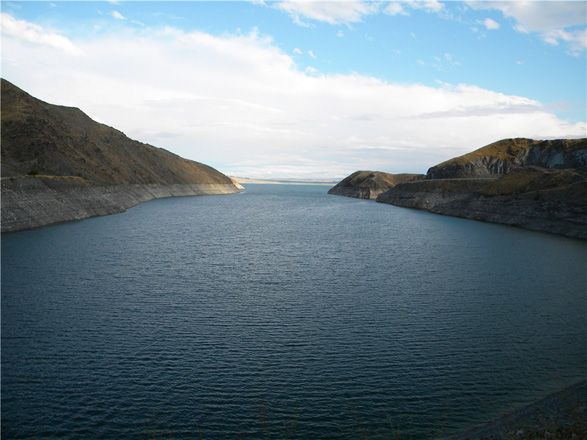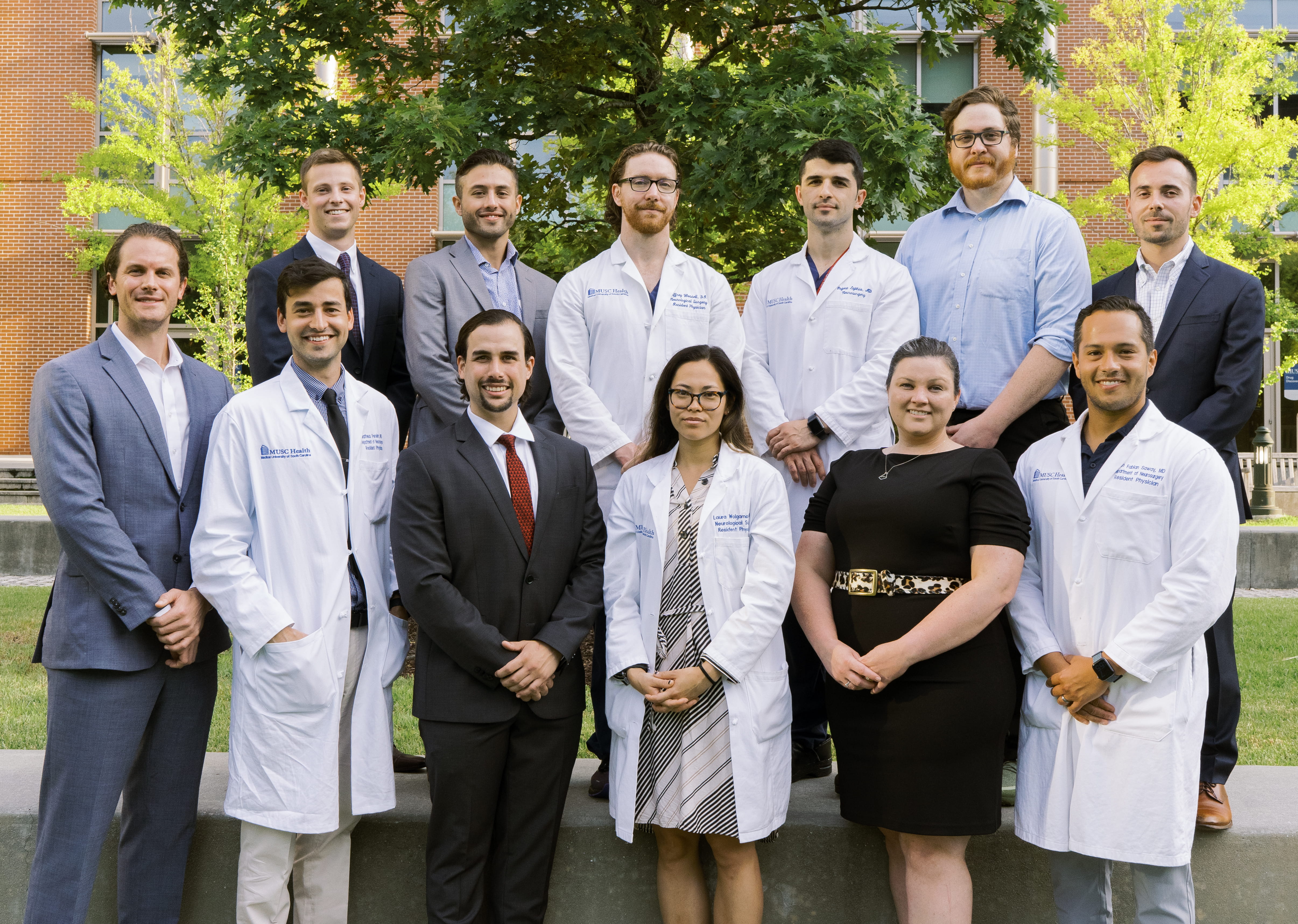Report on Indo-Israeli Collaboration for Sustainable Water Management
Executive Summary
A 17-member delegation of Indian water experts and industry leaders completed a seven-day knowledge-sharing initiative in Israel, organized by the Israeli Embassy in India. The primary objective was to showcase Israel’s advanced water management technologies and foster partnerships with Indian companies. This collaboration is directly aligned with achieving several United Nations Sustainable Development Goals (SDGs), particularly those related to water, innovation, and global partnerships.
Delegation and Strategic Alignment with SDG 17
The initiative exemplifies SDG 17 (Partnerships for the Goals) by fostering collaboration between governmental and private sector entities from two nations to address critical sustainability challenges. The delegation was strategically composed of key stakeholders in India’s water sector.
- Delegation Leaders: Noa Amsalem (Israel’s Water Attaché to India) and Neeraj Gahalawat (Senior Water Resource Specialist, Embassy of Israel).
- Participating Companies: Adani, WABAG, Larsen and Toubro, JWIL, BVG India Limited, and Iota Water.
- Advisory Body: Representatives from the Council on Energy, Environment and Water (CEEW).
Core Focus on SDG 6: Clean Water and Sanitation
The visit centered on Israeli solutions that directly contribute to SDG 6, which aims to ensure the availability and sustainable management of water and sanitation for all. The delegation observed technologies crucial for addressing water scarcity.
- Desalination Technology: A key focus was on Israel’s world-leading desalination capabilities. These plants utilize reverse osmosis to convert saline water into potable water, a critical strategy for water-stressed regions. This technology is fundamental to achieving SDG Target 6.1 (access to safe and affordable drinking water).
- Over 80% of Israel’s drinking water is sourced from desalination.
- Since 2005, the country has produced over 585 million cubic meters of water annually through this method.
- Wastewater Recycling: The delegation studied Israel’s extensive wastewater recycling system, which reclaims nearly 90% of its wastewater. This practice is vital for sustainable agriculture and industry, directly supporting SDG Target 6.3 (improving water quality and increasing recycling).
Innovation and Infrastructure: Contributions to SDG 9
The technologies and infrastructure showcased are prime examples of SDG 9 (Industry, Innovation, and Infrastructure). Israel’s success demonstrates how investment in innovative and resilient infrastructure can overcome severe resource limitations, providing a replicable framework for other nations.
Future Opportunities for Sustainable Development
The Israel Water Authority announced upcoming opportunities for international firms, encouraging Indian companies to participate in bids that will further advance global water security goals.
- Desalination Plant Tender: A preliminary selection process will be announced for the Emek Hefer desalination plant, projected to be one of the world’s largest with a capacity of 400 million cubic meters.
- Wastewater Treatment Investment: An estimated annual investment of 1.2-1.5 billion NIS (approx. 350 million euros) is planned for the construction and expansion of wastewater treatment facilities.
Indian Ambassador to Israel, J.P. Singh, noted that while direct replication may not be possible due to geographical differences, India can adopt the broader framework and technologies to enhance its own water security and contribute to the 2030 Agenda for Sustainable Development.
Analysis of SDGs, Targets, and Indicators
1. Which SDGs are addressed or connected to the issues highlighted in the article?
- SDG 6: Clean Water and Sanitation
- SDG 9: Industry, Innovation, and Infrastructure
- SDG 17: Partnerships for the Goals
2. What specific targets under those SDGs can be identified based on the article’s content?
-
SDG 6: Clean Water and Sanitation
- Target 6.1: By 2030, achieve universal and equitable access to safe and affordable drinking water for all. The article discusses how Israel sources over 80% of its drinking water from desalination plants, a technology that India can adopt to address its own water stress and improve access to safe water.
- Target 6.3: By 2030, improve water quality by…substantially increasing recycling and safe reuse globally. The article highlights Israel’s success in this area, stating that it has “extensive wastewater recycling—nearly 90%.” This directly relates to the goal of increasing water recycling.
- Target 6.4: By 2030, substantially increase water-use efficiency…and ensure sustainable withdrawals and supply of freshwater to address water scarcity. The article’s central theme is how Israel’s water management, desalination, and recycling have “helped Israel eradicate water shortage,” which is a model for increasing water-use efficiency and addressing scarcity.
- Target 6.a: By 2030, expand international cooperation and capacity-building support to developing countries in water- and sanitation-related activities and programmes, including…desalination, water efficiency, wastewater treatment, recycling and reuse technologies. The entire article is about a knowledge-sharing trip from India to Israel to learn about these exact technologies, exemplifying international cooperation for capacity-building.
-
SDG 9: Industry, Innovation, and Infrastructure
- Target 9.1: Develop quality, reliable, sustainable and resilient infrastructure…to support economic development and human well-being. The article focuses on the development of large-scale infrastructure such as desalination plants and wastewater treatment facilities, which are crucial for water security and well-being.
- Target 9.4: By 2030, upgrade infrastructure and retrofit industries to make them sustainable, with increased resource-use efficiency and greater adoption of clean and environmentally sound technologies. The article describes desalination using reverse osmosis and extensive wastewater recycling as advanced, innovative, and efficient technologies that Israel has mastered and is sharing.
-
SDG 17: Partnerships for the Goals
- Target 17.6: Enhance North-South, South-South and triangular regional and international cooperation on and access to science, technology and innovation and enhance knowledge sharing. The article describes a “17-member delegation of water experts and industry leaders” from India visiting Israel for a “seven-day knowledge-sharing trip,” which is a direct example of international cooperation and knowledge sharing on technology.
- Target 17.7: Promote the development, transfer, dissemination and diffusion of environmentally sound technologies to developing countries. The article’s stated aim is to introduce “private Indian players to Israeli technologies” to “partner with these companies in advanced water-related projects,” which aligns with the transfer and diffusion of technology to a developing country.
3. Are there any indicators mentioned or implied in the article that can be used to measure progress towards the identified targets?
-
For SDG 6: Clean Water and Sanitation
- Indicator for Target 6.1 & 6.4: The article states that “in Israel, over 80% of its drinking water is sourced from desalination plants.” This figure can serve as an indicator for the proportion of the population using safely managed drinking water services, specifically from non-conventional sources to combat scarcity.
- Indicator for Target 6.3: The article mentions that Israel has “extensive wastewater recycling—nearly 90%.” This percentage is a direct indicator for measuring the proportion of wastewater safely treated and recycled (related to UN Indicator 6.3.1).
- Indicator for Target 6.4: The article mentions that Israel produces “over 585 million cubic metres of water annually through desalination.” This quantifies the volume of freshwater being supplied through technology to address water scarcity.
-
For SDG 9: Industry, Innovation, and Infrastructure
- Indicator for Target 9.1: The article implies future investment as an indicator, stating that “an estimated total annual investment of 1.2-1.5 billion NIS (approximately 350 million euros) is expected in the construction and expansion of wastewater treatment facilities.” This financial commitment measures the development of sustainable infrastructure.
-
For SDG 17: Partnerships for the Goals
- Indicator for Target 17.6 & 17.7: The article mentions a “17-member delegation” and the participation of specific leading private companies (Adani, WABAG, etc.). The number and profile of participants in such knowledge-sharing initiatives can be used as a qualitative indicator of international cooperation and technology transfer efforts.
4. Table of SDGs, Targets, and Indicators
| SDGs | Targets | Indicators |
|---|---|---|
| SDG 6: Clean Water and Sanitation |
|
|
| SDG 9: Industry, Innovation, and Infrastructure |
|
|
| SDG 17: Partnerships for the Goals |
|
|
Source: theprint.in







